Indian: One land. Many stories.
Posted by Remya Padmadas on January 26, 2017India has always thrived on stories. From folk tales to urban legends, stories truly bring the country together. What better way is there to celebrate Republic Day than by reading stories from across the country that celebrate its myriad arts and crafts, flora and fauna, people and food!
Handmade In India by Olivia Fraser
Olivia Fraser takes us on a handcrafted journey through India, starting from the North, going to the South, East, and finally West – touching upon every corner of the country. The beautiful illustrations to go along with the story only enrich it – depicting everything she describes.
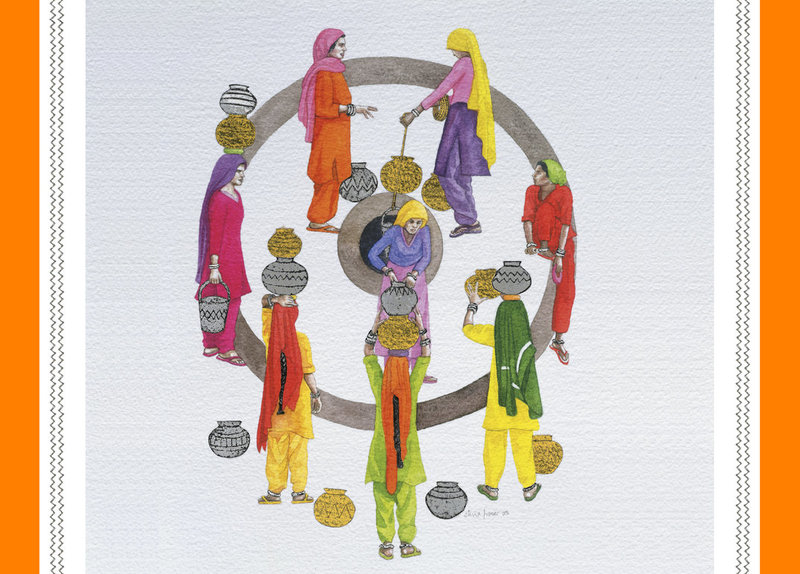
ಮರಗಳ ನಡುವೆ ಒಂದು ವಿಹಾರ (A Walk Among Trees) by Nimret Handa
The story follows the conversation between a king and his son, the prince, as they walk through the orchard. The king tells his son about all the different trees in India, all of which can be found in the royal orchard. Nimret Handa has written this beautifully with minimalistic illustrations, ensuring that the focus stays more on the writing and the information about each tree while still making it appeal to children.
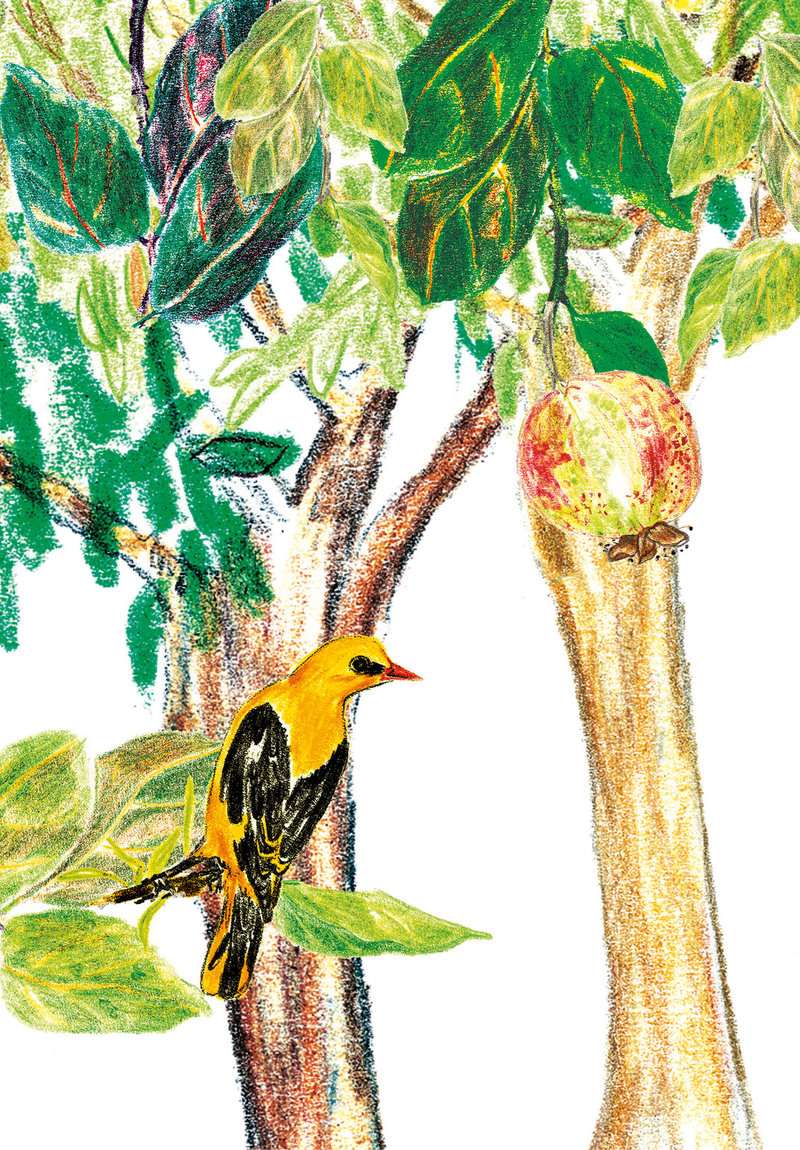
सबसे पहला घर (First House) by Nabanitha Deshmukh and Phidi Pulu
Set in Arunachal Pradesh, this folk tale tells the story of how the very first house was built. How the two friends: Kindru-Lalim and Kincha Lali-Dam got help from the forest to built the house. Along with facts about the tribe they belong to at the end, साबसे पेहला घर is brought to life with vibrant illustrations.
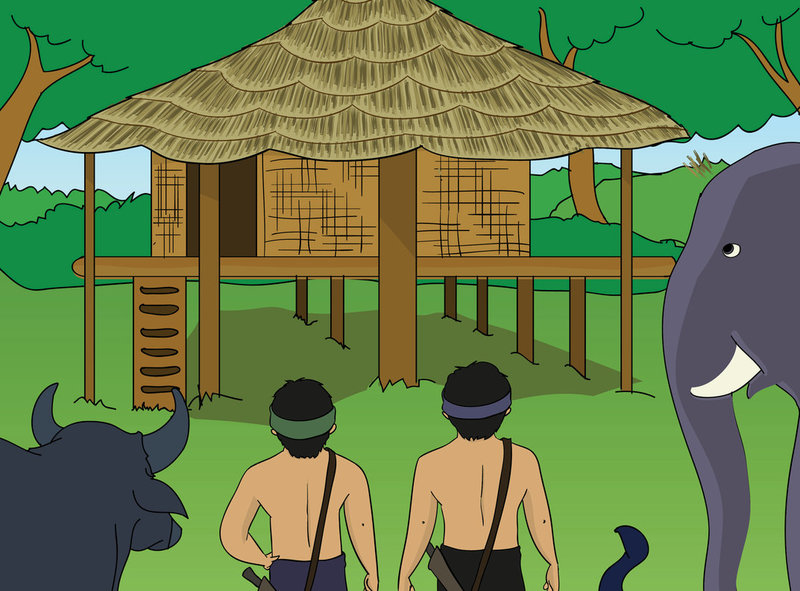
मुमताज़ ने काढ़े अपने सपने (Mumtaz Embroiders Her Dreams) by Jolly Rohatgi and Ram Soni
Mumtaz is a young girl who has come to Lucknow to further her knowledge of chikankari - the traditional embroidery style there. She meets a child called Munnu and Munnu teaches her how to dream - greatly influencing her embroidery. But Mumtaz also has a pair of cousins who are determined to ruin her work. This story, coupled with the unique illustration style, is definitely something children should read.

स्वातंत्र्याकडे आगेकूच (Marching to Freedom) by Subhadra Sen Gupta and Tapas Guha
Told from a child's point of view, this story is about the Dandi March that Mahatma Gandhi undertook. A young boy at the ashram finds out about the march and wants to join, only to meet Gandhi at the end of the book. The story itself is filled with beautiful, colourful illustrations that immediately catch the eye.
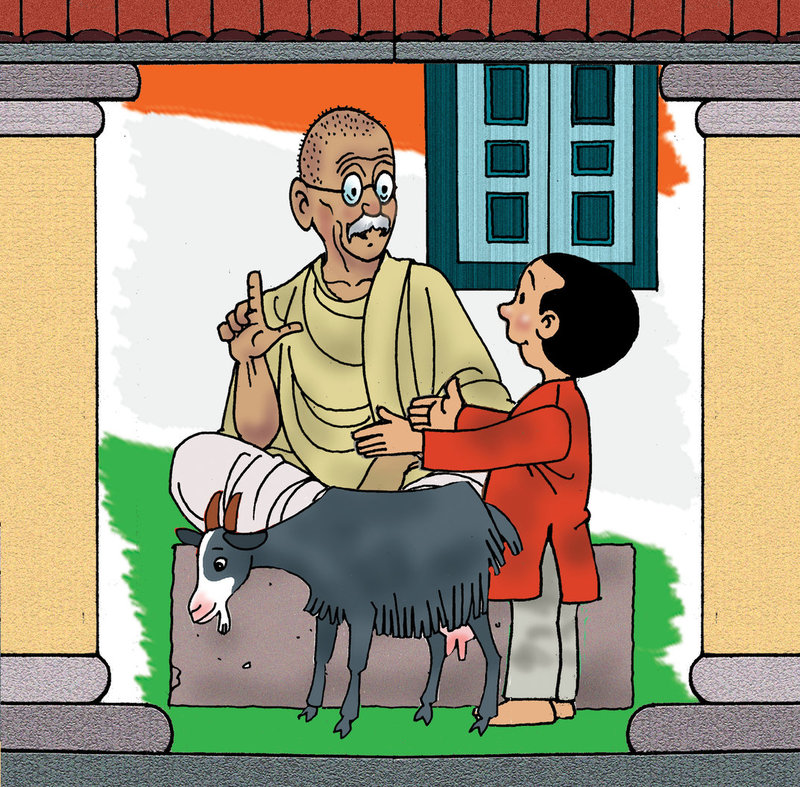
काका और मुन्नी (Kaka and Munni: A Folktale from Punjab) by Natasha Sharma
Kaka is a crow who wants to eat Munni, the sparrow's, eggs. Munni cleverly asks Kaka to do something first and so Kaka goes on a journey, needing to complete various tasks since nobody he meets wants him to eat Munni's eggs. A true children's and folk story, Kaka and Munni is a delightful read aloud story.
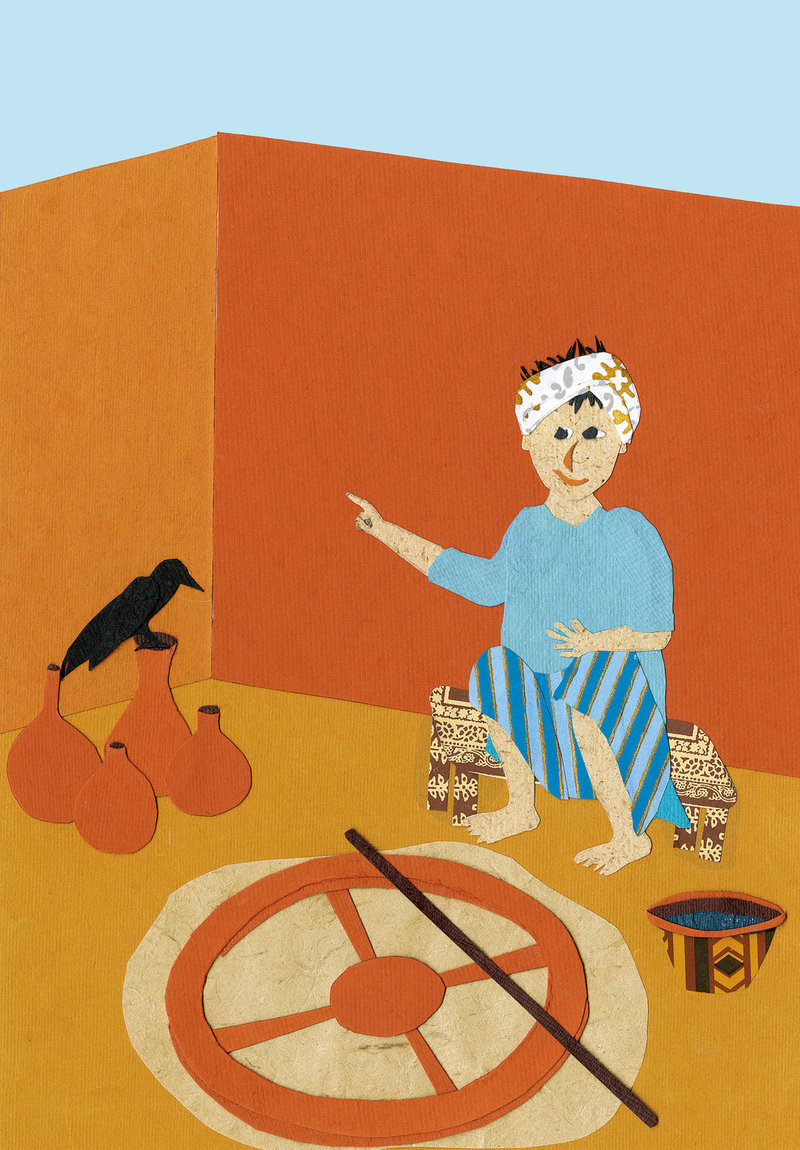
The illustrations almost entirely in different shades of blue, The Cloud Dragon tells the legend of how Meghalaya was named. It begins with Lord Indra making the cloud dragon and ends with a home in the clouds for the dragon, who brought down rainfall and make rain clouds for Meghalaya and the neighbouring states.

The Adventures of Philautus the Frog by Kartik Shanker and Maya Ramaswamy
Philautus the Frog wants to see the sea and so goes on an adventure through the Western Ghats in this story, meeting all the creatures beyond his tree.
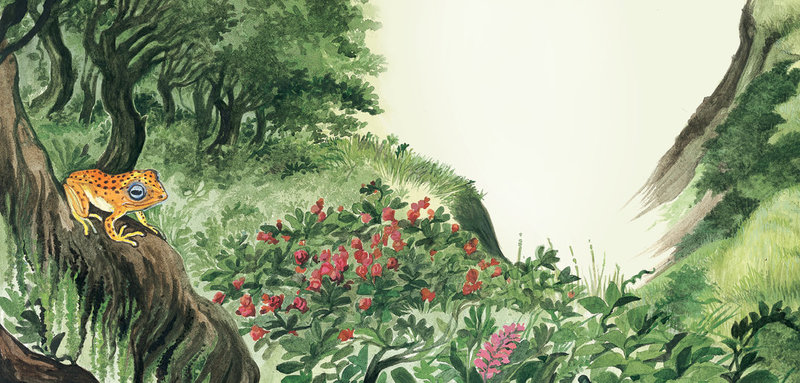
What’s Neema Eating Today by Bijal Vachharajani and Priya Kuriyan
What’s Neema Eating Today is a book for food lovers of all ages. Join Neema as she eats her way through the seasons, enjoying all the fresh fruit and vegetables this country has to offer our taste buds.

Be the first to comment.
Community News you can Use: Swetha Prakash's Ketto Fundraiser
Posted by Remya Padmadas on January 13, 2017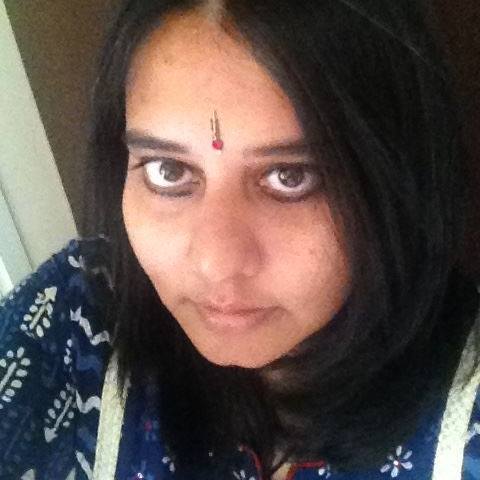
Swetha Prakash has an MA in Writing from the University of Warwick and is the recipient of the Charles Wallace India Trust Award by the British Council.She has won the The Times and Scottish Book Trust's New Writer Award and her book 'Padma Goes To Space' has been published by Tulika Books. She has edited India's first book on storytelling for schools published by Kathalaya, and recently wrote a nonfiction book called “Indian storytelling traditions.” She writes about how she is using StoryWeaver to raise funds for an NGO.
Everbefore the story goes...With humanity came myths and with myths came civilization. Myths are our collective dream. Myths are profoundly important for our individual and collective consciousness.
I am running a charity fundraising campaign for the Bangalore based poverty alleviation initiative, The/Nudge Foundation by creating original myths everyday. The campaign is called The Living Myths project. As a part of this campaign, I am posting one myth everyday on Storyweaver for 21 days. I am also urging friends and family to raise funds for The/Nudge Foundation by donating to my campaign on Ketto, which can be found here.
The/Nudge Foundation is a non-profit working on tackling poverty, which is the greatest human development challenge of our times. Their goal is to nudge 1 million people out of poverty.
How are they solving for it? Their flagship program, Gurukul, is a 100-day residential program for underprivileged youth where they are educated on livelihood skills, digital literacy, financial management, family management and personal development. The program works towards the holistic development of the students and makes sure that they work towards growing in their respective careers and always aspire for better opportunities. The Gurukul program assures job for every student and boasts off 123% placement rate.
Stories, myths and collective consciousness
What is storytelling really? It is an expression, which arises within the body from the same space that makes people paint, sing and dance. It is a message from your soul that you want to transmit to the world at large. Storytelling defines how we react to both external solid realities and to ephemeral ideas. The tellers are adepts at conjuring up the confusions and misapprehensions of life universe and everything. Stories attempt to pierce through the evanescent illusion of all life and creation. They bring to us the fullness of all life, its fulfilment, its elixir of immortality shrouded in the casket of death. Stories help us access the embodied existence of others, providing us with the fullness of our own being. They change and mould our collective consciences and teach us to extend our sympathies to other beings that share this existence with us. Stories are in their core lessons in sympathy, helping us extend our compassion and empathy to others.
Myths are narratives that answer the most profound and primordial questions of existence through fascinating stories populated by fantastic creatures. Myths typically attempt to explain how the universe is created and the primary powers that are behind all creation, manifestation and destruction. Myths about powerful beings responsible for creation can be found as far back as the Vedas.
Devdutt Pattanaik says in Indian mythology: tales, symbols, and rituals from the heart of the subcontinent, ‘Myth can be defined in two ways. First, it is a sacred idea that is inherited over generations. Second, it is absurd, irrational, and fantastic concepts about the world that appeal to unsophisticated minds. The two meanings are two sides of the same coin. Depending on one's point of view, a story, an image, or a custom can be sacred or stupid’
Most Indian myths can be found in the Puranas. Varied versions of the same myth exist. The same myth again may be open to varied interpretations depending on the audience and the purpose of narration. A myth may serve as simple delightful entertainment for the whole community or it may be understood as an entire philosophy encapsulates in symbolic code that opens up an entirely new field of meaning to a spiritual initiate who is able to read the sandhya bhasha or mystery mystical language.
You can read Swetha's modern myths here.
Are you using www.StoryWeaver.org.in in an interesting way? Write in and tell us at [email protected]
Be the first to comment.Seasonal eating with Neema
Posted by Remya Padmadas on January 10, 2017By Bijal Vachharajani
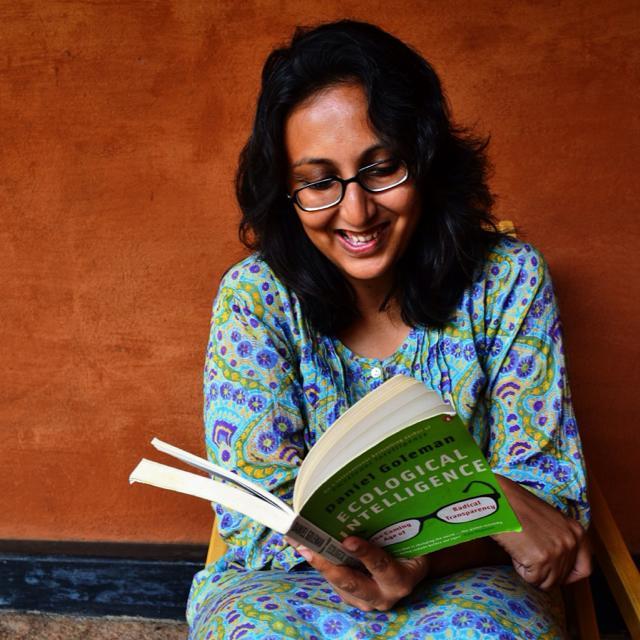
When Bijal Vachharajani is not reading Harry Potter, she can be found looking for tigers in the jungles of India. In her spare time, she works to fund the trips and books. She did this by working as the Editor at Time Out Bengaluru. After having studied climate change at the University for Peace, she now writes about education and sustainable development and is a consultant with Fairtrade Asia Pacific. She is also one half of BAM! Books, an Instagram-led project which talks about children's and Young Adult books. She tweets at @bijal_v.
My mother’s kitchen operates on a seasonal calendar, something I took for granted for a long time. As winter would approach, wondrous smells of ghee, whole wheat flour and jaggery simmering in a kadhai would tell us that godpapdi was being prepared that day. When rain would slow down our work schedule, spinach would no longer be cooked in the house, because mum believed that insects nestled in the palak leaves during the monsoon season. Summer would herald the impatient wait for our regular mango seller, until finally bowls of aam ras, chilled to golden goodness, arrived on the lunch table.
There’s an anticipation to eating seasonally – nothing beats drizzling notun gur over your creamy white dahi in winter, nibbling on slices of raw mango slathered with salt and red chilli powder at the beginning of summer, and wrestling with masala bhutta cobs in one hand and umbrellas in the other during the monsoon season. Which is pretty much what Neema, the protagonist of the picture book "What’s Neema Eating Today?" does – eat with relish but seasonally. And Priya Kuriyan has created the perfect Neema – a child who eats with abandon, enjoys her food, while revelling in nature’s bounty. Really, this picture book is all down to the extremely talented Priya!
Today with technology, our food’s taken on a homogenous quality which while convenient, is almost boring. Watermelons are available through the year, never mind that they taste bland most months. Strawberries taste like little cardboard pieces, while the mysteriously-available-in-March-mangoes are best left on trees to ripen naturally. I stopped eating bananas for a while when I read this story about how to keep up with our insatiable demand, farmers were being forced to ripen the fruits with the help of harmful chemicals. And I suspect Neema would definitely turn up her nose at it as well.
Which is why I was excited to do a book on eating as per the season, when Yamini Vijayan of Pratham Books StoryWeaver asked me to write one (I commission and edit a set of STEM picture books on environment for them). Of course, one of the challenges was leaving out autumn and spring. In school, we learn about the five types of seasons – spring, summer, monsoon, autumn, and winter. But most parts of India experience summer, monsoon, and winter, and which is why we decided to concentrate on those seasons. And Priya has captured the seasons beautifully – from the glowering clouds that roll up during the monsoon to that gorgeous feeling of being outdoors on a crisp, winter day. It’s all in there.
Neema is inspired from some of the work I have done with Fairtrade over the last couple of years – I have had the privilege to meet farmers and I am always gobsmacked at the kind of seasonal and local variety you find in our country. At the Fair Trade Alliance Kerala seed fest, a farmer from the Mananthavady taluk in the Wayanad district of Kerala had put up a dazzling display of 26 kinds of chillies. Another farmer who is part of Chetna Organic in Telangana is saving a local variety of red gram seed and growing it for her family. In Odisha, I sampled kala jira rice, which when cooked is so fragrant, that you will forget basmati in a trice.
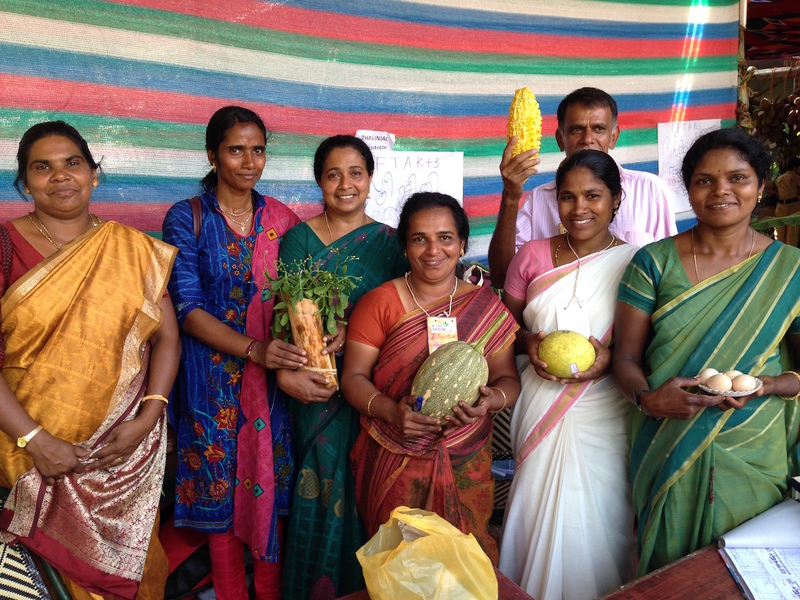
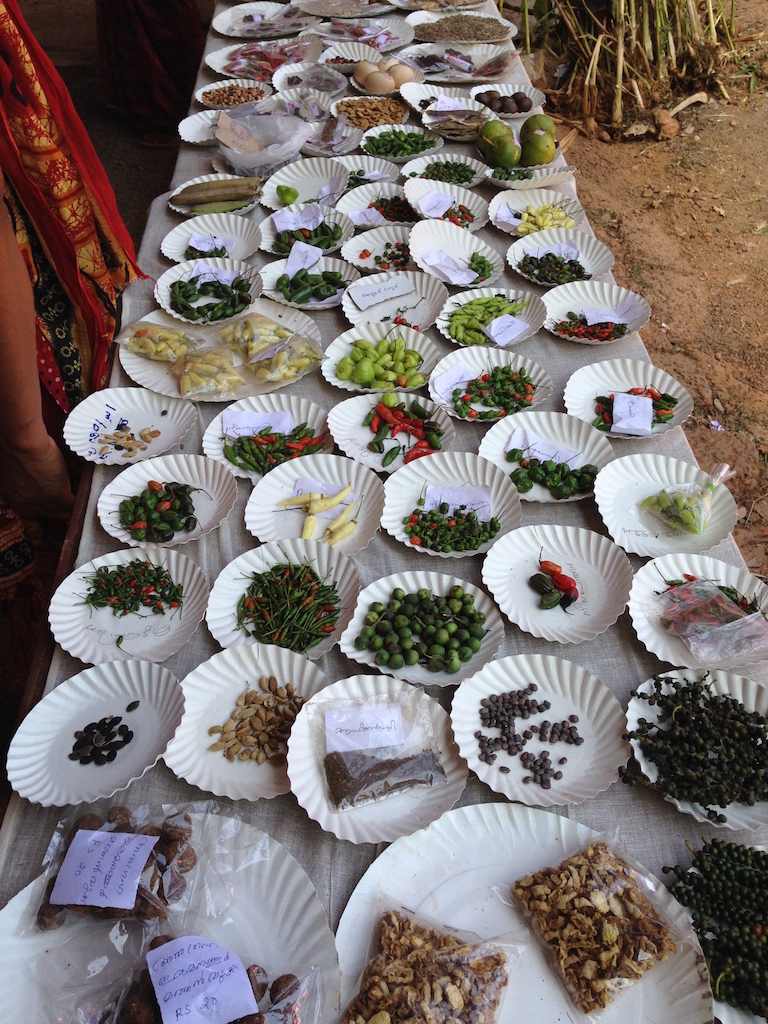
Copyright Bijal Vachharajani/Fairtrade India
However, not all’s well in the world of food diversity. The Food and Agriculture Organization of the United Nations estimates that since the “beginning of this century, about 75 per cent of the genetic diversity of agricultural crops has been lost.” And climate change is impacting agriculture at an unprecedented pace – the FAO says that the “change in seasonality attributed to climate change can lead to certain food products becoming more scarce at certain times of year. Such seasonal variations in food supply, along with vulnerabilities to flooding and fire, can make livelihoods more vulnerable at certain times of the year. Although these impacts might appear indirect, they are important because many marginal livelihood groups are close to the poverty margin, and food is a key component of their existence.”

Atram Kusu Bai is a Fairtrade farmer with Chetna Organic in Telangana. A cotton farmer, she's also preserving a red gram seed that is indigenous the region. Image copyright Bijal Vachharajani/Fairtrade India
It’s not easy always to eat seasonally, when you’re shopping online or faced with a dazzling array of apples, kiwis and oranges from far-flung corners of the world. Our food system has increasingly become complex. But ask your fruit seller, keep a track of seasons, and enjoy eating them. After all, fruits and vegetables taste best when in season. Or simply like the meme goes: Neema eats with the seasons. Neema is cool. Be like Neema.
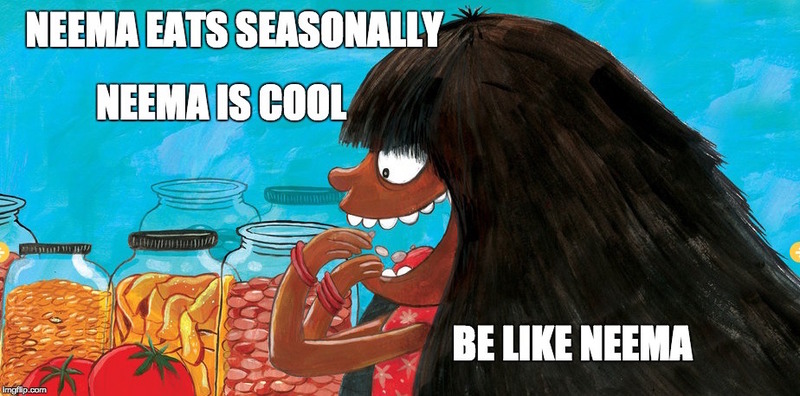
(Psssst... we had a super fun, informative twitter chat with Bijal on January 4th. If you missed it, you can read it here on Storify!)
Be the first to comment.